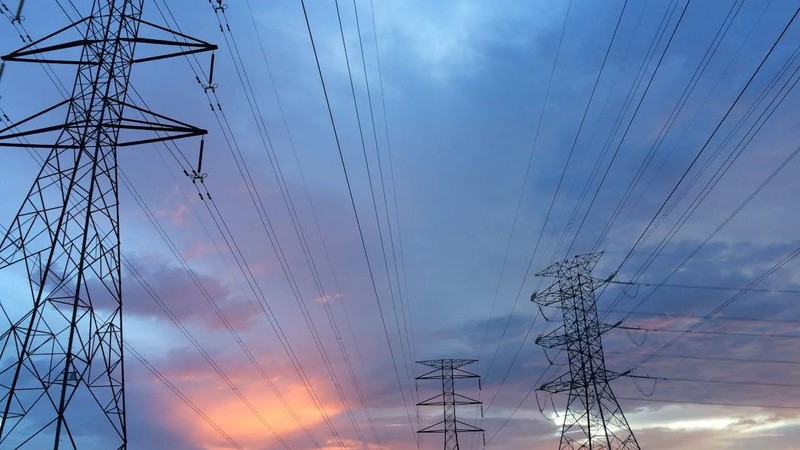As ordinary South Africans struggle to access clean, reliable, and affordable power, essential for a decent life and a functioning economy, a deeper, more entrenched power struggle continues behind the scenes.
Over the coming weeks in this column, I will unpack this struggle and explore why South Africa continues to fail in establishing an efficient, effective electricity industry. We will examine the forces blocking progress and consider what a more functional energy future could look like, for the country and for the region.
At its core, the power struggle is internal to the ANC. It is a contest between competing factions: between those committed to honest governance and those who enable patronage, corruption, and capture. It is also a struggle between those who support centralised state control of the economy, and those advocating for a more open, accountable, and decentralised system.
The dominance of centralising forces, often corrupt and politically motivated, has led to state-owned entities, regulators, and oversight bodies becoming vehicles for power consolidation rather than service delivery. The result is familiar: institutional decay, private capital sidelined, and the majority of South Africans increasingly marginalised.
This political dysfunction is a root cause of South Africa’s electricity crisis. Without access to stable power, the economy cannot grow. Without growth, the tax base shrinks, the fiscus remains under pressure, and unemployment rises. The situation is exacerbated by a more isolationist United States and a weakening global economy, but the internal failures are primary.
Consider how this unfolded.
In 1998, government published its White Paper on energy policy, which included a plan to bring Independent Power Producers (IPPs) into the energy mix. But the policy was never backed with the political will needed to implement it effectively. Infighting among ANC factions undermined leadership at a critical time, creating uncertainty instead of the certainty investors require. With no clear path forward, investment stalled.
From 1998 to 2005, Eskom was actively blocked from investing in new generation capacity. Then, in 2007 and again in 2008, load shedding emerged as a desperate tool to balance supply and demand. Ironically, some of the economic gains of the early 2000s, fiscal discipline and a push to deliver electricity access, only intensified demand, making the failure to invest in new capacity more damaging.
In 2007/2008, government finally instructed Eskom to proceed with two new coal-fired power stations: Medupi and Kusile. Medupi’s first unit was expected to be operational by 2010. But political interference soon followed. Chancellor House, the ANC’s investment arm, became the BEE partner for Hitachi Power Africa, which was awarded the boiler contracts. The result: substandard workmanship, inadequate project management, missed deadlines, and cost overruns. Billions were lost in the process.
Then came the Zuma presidency, May 2009 to February 2018, often referred to as South Africa’s “lost years.” One of Zuma’s first moves was to split the Ministry of Minerals and Energy into two departments: Mineral Resources and Energy. Minister Dipuo Peters was appointed to head the Department of Energy, and Karén Breytenbach, an official from National Treasury, was tasked with establishing the Independent Power Producer Office.
This marked a temporary turning point. The Renewable Energy IPP Procurement Programme was launched, and by 2011, the first request for proposals was published. Over the next five years, three successful bid windows followed, with the private sector investing approximately R220 billion in generation and grid assets. It remains one of the most successful public-private partnerships in South Africa’s democratic history.
Yet even as this progress unfolded, the broader machinery of the state was being captured. In 2015, Brian Molefe was appointed CEO of Eskom, and the power struggle intensified once more. The Renewable Energy programme stalled, confidence eroded, and the gains of the early 2010s were slowly reversed.
The full story of South Africa’s electricity crisis cannot be told without confronting the deeper political dynamics that shape it. It is not simply about capacity or megawatts, it is about institutional integrity, governance, and the political economy of energy.
This column will continue to examine how these forces interact, and what it will take to move from a politicised energy system to a truly functional one. The solutions exist. The question is whether we have the political courage to implement them.

University of Stellenbosch Business School.
Thomas Garner holds a Mechanical Engineering degree from the University of Pretoria and an MBA from theUniversity of Stellenbosch Business School. Thomas is self-employed focusing on energy, energy related criticalminerals, water and communities. He is a Fellow of the South African Academy of Engineering and aManagement Committee member of the South African Independent Power Producers Association.
*** The views expressed here do not necessarily represent those of Independent Media or .
BUSINESS REPORT
